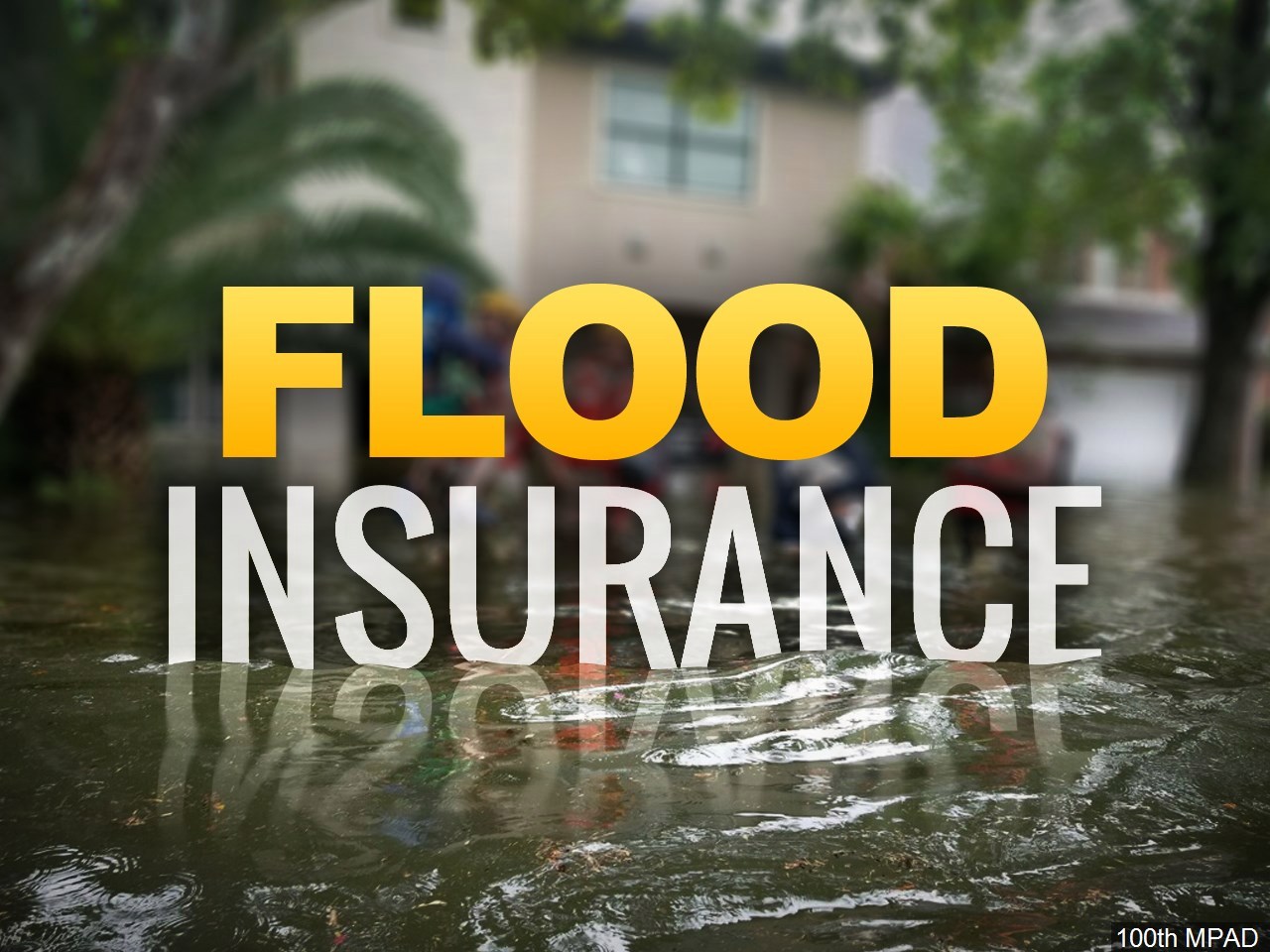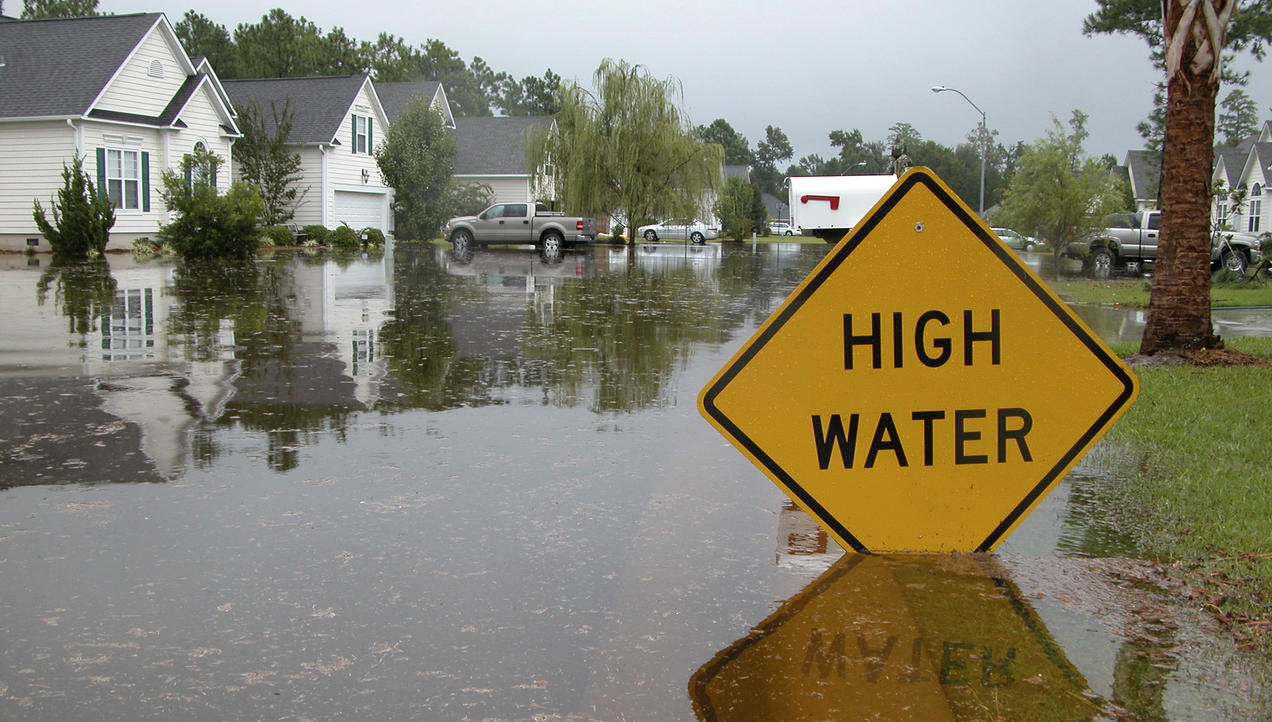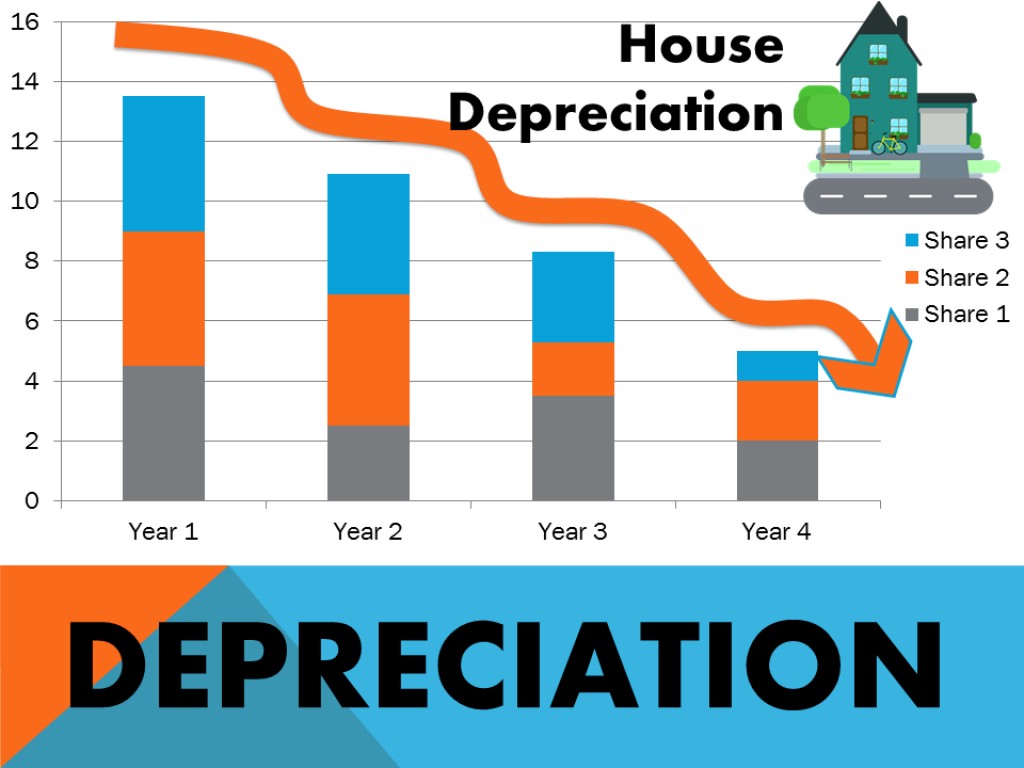Have you noticed that most insurance companies don’t give flood insurance? This is so because floods are not considered an emergency. Floods occur gradually as opposed to other emergencies that happen abruptly.
When floods occur, the damage they cause would be much higher than the premium paid by insurers. However, companies like the National Flood Insurance Program offer flood insurance. Just like any transaction, before you purchase anything (an insurance plan, in this case), you want the best deal you can get.
Therefore, you want to look at factors that will lower your insurance premium. These factors may vary with different insurance providers. Are you living in a flood-prone area and need low-cost flood insurance? Keep reading.

What Is Flood Insurance?
Flood insurance is an insurance cover that caters for losses caused by water damage due to flooding. Water flooding can arise from coastal storm surges, heavy rains, melting snow, dam failures, and blocked drainage systems.
Flood insurance covers both residential and commercial properties. Since floods can be destructive, it is one of the reasons insurance companies rarely offer this plan-it is costly for them.
The amount the insurance company pays in claims is usually higher than the premium payments they receive. Floods are the leading natural disaster in the United States. Therefore, you are better off insuring your property since you never know when it can strike.
Who Needs Flood Insurance Cover?
- People living in flood-prone areas.
- People living in flood plain areas and their properties have a federally backed mortgage.
- Those who are staying near bridges or rivers.
- People living in valleys or lowlands compared to those on highlands.
- Property owners living in communities that participate in the National Flood Insurance program.
What Does Flood Insurance Cover?
The flood insurance plan covers your property and its contents if and when damaged by floods. It covers losses caused by welting snow, prolonged rains, overflowing streams or rivers, blocked drainages, and broken dams.
For waters to be considered a flood, it must affect two properties or cover at least two acres. Also, this water must touch the ground first; otherwise, it won’t be considered.
What Doesn’t It Cover?
Any property that is outside your building won’t be covered by flood insurance. For example, septic systems, landscaping, and business vehicles won’t be covered by this plan.
Also, any financial loss of insured property or financial loss caused by business disruption is not included under the flood insurance cover.
Factors To Help You Find Low-Cost Flood Insurance
Elevate Utilities And Property
There are various ways you can lower your flood risk. Note that the lower your flood risk, the lower the insurance plan you’ll get.
For instance, you can elevate your utilities like cooling and heating systems, electric panels, and water heaters to reduce the chances of being destroyed by floods, should they come.
You can use an elevated platform or an extra closet to elevate them. If you want to construct in a flood-prone area, it is advisable to elevate it above the base flood elevation (BFE).
The higher your property above the BFE, the lesser the flood risks and costs, leading to low-cost flood insurance.
Move Your Business/Property
If you notice that your business is in a flood-prone area, you might want to consider moving it to a safer place. If you live in this area, consider shifting to a safer place to save your property and your life.
Relocating is costly, but in the end, it will save you high flood insurance plans and reduce the risks associated with floods.

Flood Openings
Consider installing flood openings on both exterior walls so that if the water comes in, it can easily move out through the openings instead of accumulating inside the house.
NFIP requires that all new buildings and renovations have flood openings on basements to minimize potential flood risks.
Get A Higher Deductible
A deductible in insurance is the amount the insurer pays before the insurance company comes in. The higher the deductible, the lower the premium; therefore, think about this fact if you need low-cost flood insurance.
However, different insurance providers have different deductible rules, risks, and opportunities. Therefore, you must understand them first before choosing a plan.
Final Thoughts
Most insurance providers do not provide flood insurance because of the costs. However, if you are in a flood-prone area, live in low lands, near bridges and rivers, you want to consider taking this cover.
You can consider factors to get an affordable flood plan line elevating your property, utilities, and considering a higher deductible.




